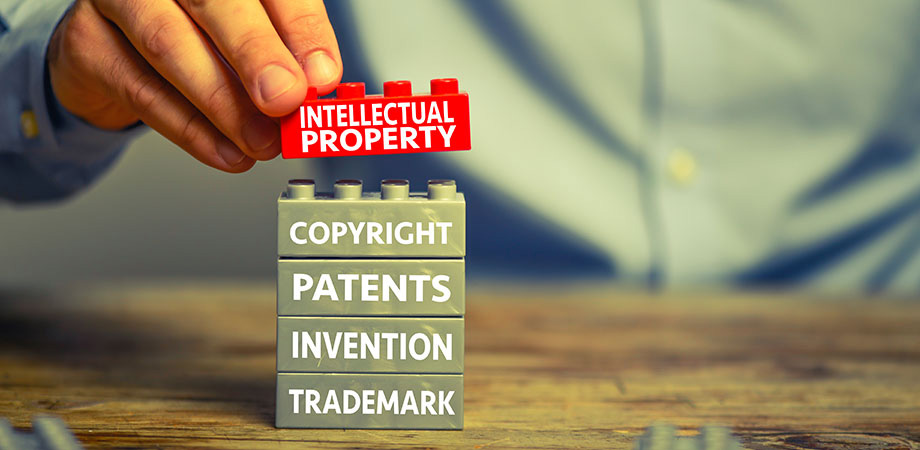Should I Patent It?

Artificial intelligence (AI) is a driver of innovation in imaging science. Scientists are developing AI methods to automate tumor identification, classify archeological sites, chart glacial melt, and uncover new drug indications. But are these AI applications even considered inventions? Can AI be patented? Even if it can be patented, should it be? Douglas Link and Curtis Vock from Lathrop Gage LLP (lathropgage.com) specialize in intellectual property, and they suggest answering a few questions before proceeding with that patent application.
1. Is it patentable? AI-related inventions are like any other invention and must be patent eligible (not an abstract idea), new, useful, and nonobvious to be successfully patented. Furthermore, the technology must be described so that (a) someone of ordinary skill in the art can make and use the invention without undue experimentation and (b) the inventor can prove, when the patent is filed, that she or he has "possession" of the invention, typically by including one or more examples on how to practically make the invention.
2. Are you improving a computer? If the invention is an advancement of AI techniques and/or the foundational AI computing structure, then the invention might fall within the category of an improvement to a computer itself. This provides a straightforward argument for patentability.
3. Does the AI invention use the computer as a tool or improve a technological field? Using standard AI models and techniques as a tool for a known application is likely ineligible under US patent law. However, the US Patent Office Guidance on this topic states that an improvement to technology is present and patentable when the claimed elements integrate an abstract idea (such as a mathematical algorithm) into a practical application. An example of a practical application could be improving an existing imaging platform using integrated AI technology to increase the clarity and efficacy (i.e., highlighting potential targets for treatment or further investigation) of the images obtained.
4. If yes, how should AI improvements be claimed? If you are using AI with a set of known components (e.g., a set of existing components knitted together by a "black box" executing AI), the AI improvements should be clearly articulated in the claims. The Federal Circuit has invalidated patents for not providing sufficient detail of how components process data. If the patent claims and describes inputs to and outputs from a black box, without execution detail of the black box, it will likely fail. There is limited Federal Circuit case law directly addressing AI inventions, but other cases suggest patentability based on how data is organized, how the AI model is trained, or how the AI engine outputs and effects an external system. How/what data is displayed in a GUI may also provide a road to patentability.
5. Is the invention detectable? Even if the AI invention is patentable, you must still assess whether it will even be possible to detect infringement by an unauthorized entity. Often AI tools and data-processing platforms are in the cloud and completely undetectable. If your sole purpose of patenting is to prevent infringement and pursue litigation, likelihood of proving unauthorized use of your AI should be determined prior to filing. Difficulty in proving infringement of your AI may be outweighed by other business concerns, for example owning patents for exit strategies or licensing purposes.
6. How else can I protect AI? If any of the above give pause for concern, consider trade secret and copyright protection. Trade secret protection prevents others, including employees, from stealing data behind the AI models (e.g., model training datasets or techniques). However, there are data security and notification requirements that must be met in order to have a valid trade secret: one cannot simply say "trade secret" and expect full protection. Copyrights, when coupled with a strong licensing agreement, may further provide control over software code.
| Enjoy this article? Get similar news in your inbox |
|



